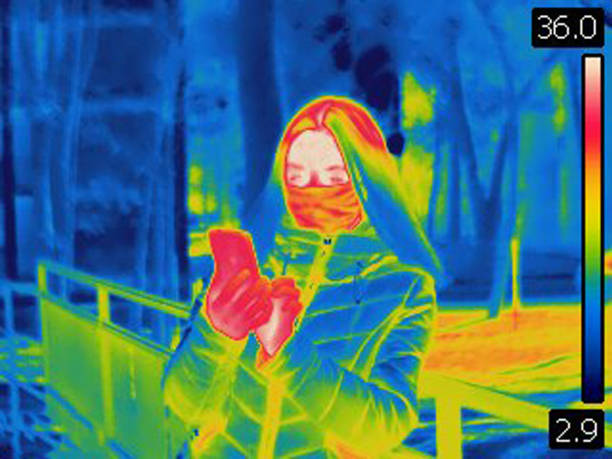CoolPly ® for non-scientist
- coolingphotonics
- Aug 5, 2025
- 3 min read
What is CoolPly ®
Coolply ® is a product developed for reducing the temperature of a surface and avoiding its heating under direct sun light. The main principle is based in the reflection of most of the solar irradiation, which is in part responsible for heating surfaces ( think about the street floor temperature in a hot summer day). In addition, in cooling we have developed specific material’s formulations to dissipate the residual heat in the form of infrared radiation. This combination of materials in a multilayer prevents the surface to be heated whilst allowing for a fast dissipation of heat.
How does it work?
Think about a summer day in Barcelona. Temperatures are reaching over 30 °C, and under the sun you can feel your skin burning. This burning becomes more pronounced the closer we are to midday. You can feel this effect because the solar irradiation (light emitted by the sun) is absorbed by your skin and transformed into heat. The closer we are to midday, the higher the amount of sunlight is reaching you (Figure 1)

On a sunny summer day, sunlight can reach up to 1000 watts per square meter. If your body couldn't dissipate this intense heat, sunbathing at the beach could raise your body temperature by as much as 20°C in just 10 minutes! Fortunately, your body and all materials are constantly exchanging heat with the environment through three main mechanisms: convection, conduction, and radiation.
Convection is the transfer of heat through moving fluids, like the sea breeze cooling you off at the beach. Conduction occurs when heat moves between objects in direct contact; for instance, when you grab a cold beer from the cooler, heat flows from your warm hand to the cold can, making your hand feel chilly. Finally, radiation allows heat to be transferred through electromagnetic waves. Your body, for example, emits invisible infrared radiation to cool down. If you were at even higher temperatures, you'd emit visible light—similar to how hot metal glows red or how the Sun emits visible light. Just take a look under a infrared camera (Figure 2), different colors in that camara represent the intensity of the infrared radiation.

OK but… what's the deal with CoolPly ®?
Well, Convection and conduction are both widely used mechanisms for cooling. However to maximize them, both require active systems (i.e. An electric fan that speeds up air to increase convection, an AC system that maximize convection and conduction) .
In the case of Coolply, we take advantage of a phenomenon known as Dayligth Passive Radiative Cooling. As mentioned earlier, all objects exchange heat with their environment through different mechanisms, including radiation. Typically, the infrared radiation emitted by your body is partially absorbed by the molecules in the surrounding air. However, here's the crucial part: a specific range of infrared radiation, known as the 'Atmospheric Window,' cannot be absorbed by the atmosphere or normal environmental molecules. This window falls within the wavelength range of 8 to 13/14 micrometers.
What this means is that certain wavelengths of infrared radiation, emitted by objects at 'normal' temperatures, can pass directly through the atmosphere and escape into space—which is almost -273°C (absolute zero). Imagine grabbing a beer that cold; it would instantly freeze your hand! This direct heat transfer to the vast coldness of space is incredibly efficient, allowing objects to cool rapidly without interference from the atmosphere and without taking into account what is the temperature of the close environment.
It is important to understand that for having cooling effects, we have to first remove the contribution from the sun, as its considerable bigger than the heat radiation produced by any material know
.
The team of CP has develop a product able to reflect 95 % of the total sunlight, avoiding in that way excessive heating of the material. In addition, we have also boosted the total emission of the material in the atmospheric window (either using chemical formulation or physical treatments), facilitating in that way the total dissipation of heat.
How to use Coolply ®
Coolply properties are exploited best when in exteriors and under direct solar light. Think about surfaces that are exposed to the sun and get warm.
Think also that the finish of the material is metallic and is not transparent, therefore it limits for some applications in which transparency is desired (i.e. not windows).
About the author:
Rodrigo Magaña Rodríguez is part of the R&D team at Cooling Photonics. Passionate about materials science and sustainability, he contributes to the development of innovative solutions to tackle extreme heat without energy consumption.



Comments